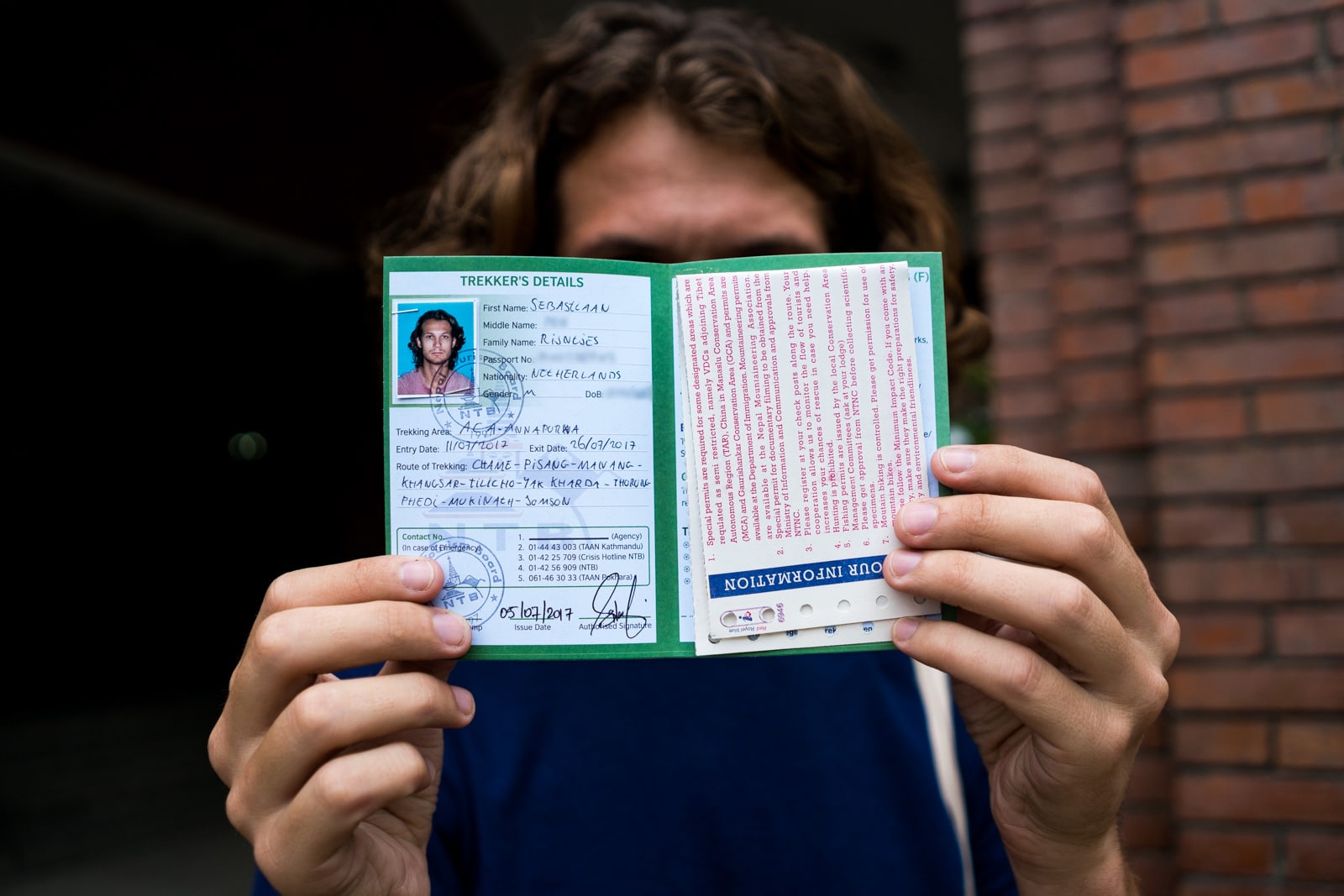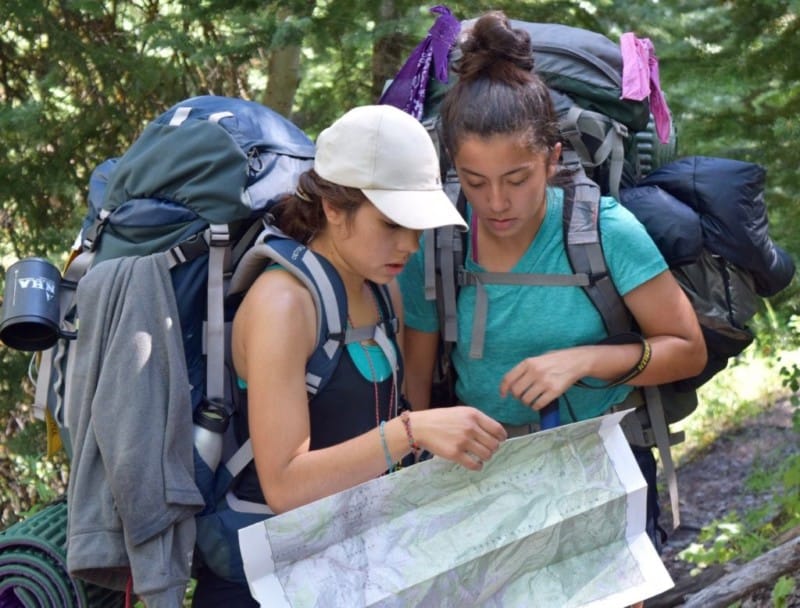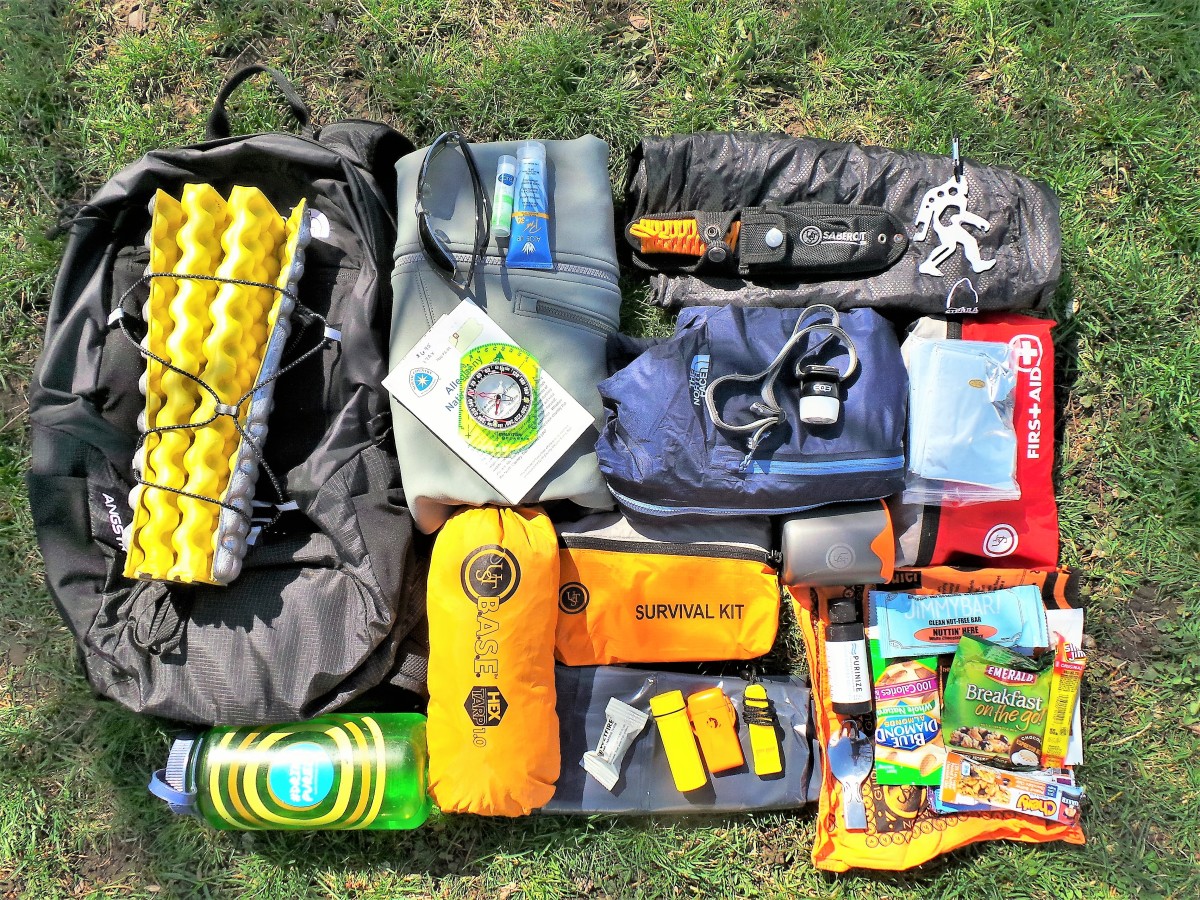Nepal is a backpacker’s dream come true destination. The snow-capped mountains and stunning landscapes make Nepal heaven for travellers. A hiking trip in Nepal is more about self-discovery. It is also a chance to cure your soul by releasing the stress of daily life. Nepal is a trekking/hiking paradise due to its sheer height, majestic Himalayas, and diverse biodiversity.
Nepal has a broad selection of hiking opportunities. The hiking opportunity ranges from subtly rising valleys to the world’s highest summit. It depends on your preferences and interests. There are hiking places for rich biodiversity, bird observation, a daring adventure, relaxation, and many more. The glorification of the creator’s skill will lead you to a close-up experience of isolated Nepal. It will also lead you to unstained nature from the touch of modernization. You will witness the sweetest people during the tour. You’ll learn about some of the world’s most magnificent customs, strange and fascinating cultures, and lifestyles.
Here we have listed some of the fantastic hiking destinations in Nepal. All the destination offers a peaceful walk and it definitely connects with nature and its surroundings.
The Best Hiking Trip In Nepal
- Hike to Sarangkot
- Shivapuri National Park Hike
- Hike to Nagarjuna Hill
- Around Kathmandu valley Hike
And probably there are astounding destinations for hiking in every district of Nepal.
Before starting a hike consider the following things that can make the journey smoother and trouble-free.
Permits
Permits may be required for hiking or trekking in specific parts of Nepal. It is usually advisable to study the location and duration of your trek. You can visit Nepal Tourism Board or other relevant agencies to obtain permission. Hiking for pleasure and becoming entangled in legal difficulties can be discouraging.

Certain areas of the Himalayas, as well as various national parks, require a permit. You must pay a fee before hiking or trekking. The TAAN (Trekking Agencies Association Nepal), and the Nepal Tourism Board are the organizations for your permit. They will help you to regulate unlawful hiking and trekking. They also provide you with safety advice.
Logistics Information related to a Hiking trip in Nepal
It’s always a good idea to be aware of practicalities such as transportation, housing, and food. Air travel and vehicle travel are also available in Nepal. Although most rural areas in Nepal lack access to aircraft. Travelling by road is always accessible.
Small tea houses are always affordable and have good food. After a hard and exhausting trek day, nothing surpasses a home-cooked lunch. Hundreds of meals to tase and appreciate in Nepal. They are available in Nepal’s every eccentric cuisine.

There are a variety of accommodations available, ranging from homestays and tiny motels to elegant 5-star hotels to suit your needs. Many individuals enjoy camping in the great outdoors. You can either camp alone or take advantage of the camping amenities. Most hiking destination provides camping amenities. They are available in the hiking regions.
Maps and guide Books for Hiking in Nepal
On a hike, relying on smart devices may not be good. The heights we gain when hiking may not have WiFi or mobile service. The best approach is to have a guidebook and a paper map. A hiking expedition can be more profitable with adequate planning. You must study the terrain and hiking pathways before attempting any.

Although the major roads are easy to travel. You can keep a map handy as a reference. These guide books and maps contain logistical information. They serve as an excellent starting point for the expedition. All of these materials are available in every book shop in Kathmandu.
Consideration of climate and seasons while having a hiking trip in Nepal
In general, hiking in Nepal is possible at any time of year. Except in some high Himalayan places, summers are not as scorching hot, and winters are not as bitterly cold. However, the most incredible seasons for hiking are late fall and early spring. Hikers will be able to enjoy bright skies. Less precipitation makes walking more accessible. The views are always more mind-blowing.

Early September or late May are also recommended to avoid crowds. In the fear of joining other travellers on similar journeys. Travelling during the monsoon season is not recommended in Nepal. Due to the risk of landslides, avalanches, and other hazards.
Hiking safety and essentials
Safety is always first. Safety precautions and procedures should in first priority while travelling. Some simple concerns include keeping a modest safety kit and a first aid kit. A water purification kit is highly recommended because of the bad water you may suffer from diarrhoea. Additionally, maintain an emergency contact number on then. At the same time keep track of your essentials to avoid having your belongings stolen or lost. Some fantastic safety suggestions for hiking in Nepal include checking the weather too. It is always better to trek in groups. acclimating yourselves to the mountains is much needed.

Bringing heavy essentials is not a good idea. It is always preferable to wear light clothing and suitable footwear. The heavy luggage, causal clothing and extra equipment always make it difficult to climb. In fact, it will ruin the whole fun. As a result, don’t buy anything you don’t need.
Minimize your impact while having a Hiking Trip in Nepal
If you are a nature lover, you are well aware that leaving your mark on the environment. Harming any natural aspects is strictly prohibited when taking advantage of natural resources. Do not pick any flora or disrupt the biological entities when hiking in Nepal. Always use plastic sparingly and avoid littering. You should not contaminate water sources. Maintain a distance of at least 300 meters between your camping sites and any water sources.
The people in Nepal even connect with stones. They show their culture; and religious beliefs on stone. As a result, cultural sensitivity is crucial. Before entering a sacred site or photographing monks or other religious adherents, always obtain permission. Archaeological sites are valuable assets of the country. The appreciation to our ancestors for making these amazing archaeological sites is necessary. Therefore, the protection of these sites in a proper way is much needed in today’s scenario.
Best budget-friendly Hiking in Kathmandu valley



Comment (0)